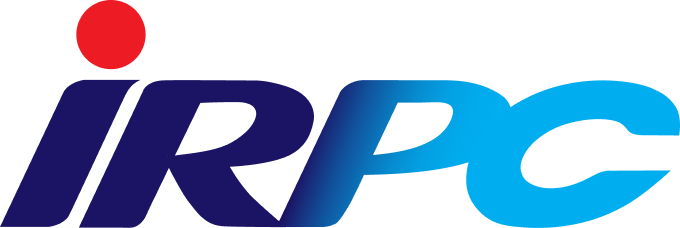Innovation is one of the key drivers to a company’s future success and therefore one of the top priorities. Innovation drives product, while process and organizational change is the key differentiation factor among companies.
Innovation Process
The process for innovation research and development starts with idea generation. The ideas are gathered from in-house employees and research collaboration with external researchers and experts. Those ideas will be assessed considering the potential benefits and the efforts for developing the ideas to commercialization phase.
Open Innovation
Innovation is a process that depends on a variety of factors such as knowledge, experience and creativity. In order to access, collect and combine those factors, a variety of collaborative input channels are available.
Open Innovation Management has been focusing on strategic formulation to drive successful research & development (R&D) and Product & Technology Roadmap execution. IRPC is currently seeking new technology to fulfill product development portfolio through an open innovation concept with cooperation from academic and research institutes (Vidyasirimedhi Institute of Science and Technology VISTEC and National Science and Technology Development Agency NSTDA) as well an international technology incubator to invest in technology Startup Company.
IRPC manages products in the New S-Curve group through an open innovation concept and uses employee’s knowledge on innovation to build upon future business growth. While, New S-curve strategy focuses on business growth opportunities in the long term for sustainable business, investments to open innovation and technology are emphasized for business growth strategies in the short to mid-term.
Product Innovation
R&D for value added products have been focusing on cross functional collaboration with marketing, production engineering and other stakeholders involved in the product development value chain. The R&D ecosystem has also been improved in order to facilitate the acceleration of product development including increasing number of talent researchers, improving the current researcher capability, increasing advanced research equipment and instruments. This development aims for cost reduction and margin enhancement leading to product competitiveness and fast response to customer requirement.
Green Products
IRPC is committed to the research and development of new products to meet the different requirements from customers and development of eco-friendly products which creates more business opportunity and helps IRPC to be able to adapt to the change in economy, society and environment, which leads to sustainable growth.









